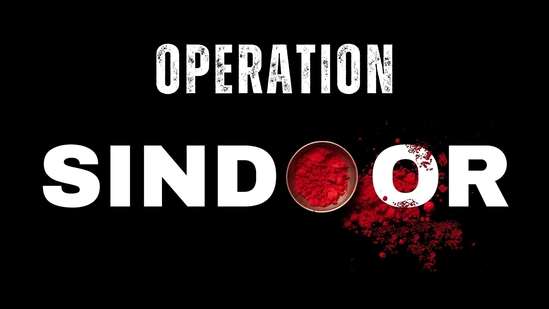In a bold military maneuver that has dominated headlines across South Asia and beyond, India launched a high-intensity airstrike mission on May 6, targeting multiple terror camps in Pakistan and Pakistan-administered Kashmir. Codenamed Operation Sindoor, the mission was launched in response to the April 22 Pahalgam terror attack that killed 26 Indian tourists, most of them women and children, in a devastating bus explosion.
The strikes, which lasted less than two hours, marked one of the most significant military operations since the Balakot airstrikes in 2019. According to defense sources, the Indian Air Force deployed a mix of Rafale and Sukhoi Su-30 jets, armed with precision-guided munitions, to eliminate strategic terror training camps believed to be operated by groups such as Jaish-e-Mohammed and Lashkar-e-Taiba.
A Calculated Response
“This was not an act of revenge; it was a calibrated response based on actionable intelligence,” stated a senior official from the Ministry of Defence. “India will not tolerate terrorism originating across the border, especially when it targets innocent civilians.”
The Indian government emphasized that civilian casualties were avoided, thanks to real-time satellite data and pre-strike reconnaissance. However, Pakistan has accused India of violating international law and claimed civilian infrastructure was hit, resulting in at least eight civilian deaths — a claim New Delhi has firmly denied.
Pakistan’s Retaliation and Diplomatic Fallout
Following the strikes, Pakistan swiftly retaliated with limited shelling along the Line of Control (LoC), prompting Indian forces to respond with heavy artillery. In Islamabad, Prime Minister Shehbaz Sharif condemned the operation as “an act of war” and vowed that Pakistan would respond “at a time and place of our choosing.”
Meanwhile, diplomatic corridors across the globe have been buzzing. The United Nations called for immediate de-escalation, while U.S. Secretary of State Anthony Blinken urged both sides to “show restraint and pursue dialogue.” China and Russia have expressed concern over rising tensions in the already volatile region.
Technology and Intelligence: The Unsung Heroes
Operation Sindoor also highlighted India’s growing reliance on advanced military technology. Sources suggest that Indian agencies used AI-assisted image recognition to identify key targets and minimize collateral damage. Cyber and signal intelligence played a crucial role in monitoring movements within the targeted camps in the days leading up to the strike.
“This is 21st-century warfare,” said retired Lt. Gen. D.K. Singh. “What we witnessed was a coordinated assault powered by real-time data, stealth tactics, and global surveillance networks.”
Health and Humanitarian Angle
With military action dominating headlines, concerns over civilian well-being have surfaced. Hospitals in the Pakistan-administered regions of Kotli and Muzaffarabad are reportedly overwhelmed. The Red Crescent has urged both nations to ensure medical aid reaches affected areas, even as cross-border tensions remain high.
In India, hospitals in border districts have been placed on high alert. Mental health counselors have also been deployed in Jammu and Kashmir to assist locals traumatized by the sudden escalation of conflict.
Entertainment and Media Response
Bollywood has responded with a mix of patriotism and pleas for peace. Actor Akshay Kumar tweeted in support of the armed forces, calling it “a moment of national unity.” On the other hand, actress Swara Bhasker emphasized the need for diplomacy, writing, “War is never the answer — dialogue must prevail.”
Several news channels have launched special programming dissecting the operation, while streaming platforms have already begun planning documentaries and fictional dramatizations of the event.
Conclusion
As the dust begins to settle after Operation Sindoor, the world watches closely. While the mission has reaffirmed India’s zero-tolerance policy on terrorism, it has also reignited fears of a larger military conflict in South Asia. The coming days will test not only the resilience of both nations but also the global community’s ability to mediate peace in a region fraught with history, hostility, and hope.



